LaTeX templates and examples — Tables
Recent
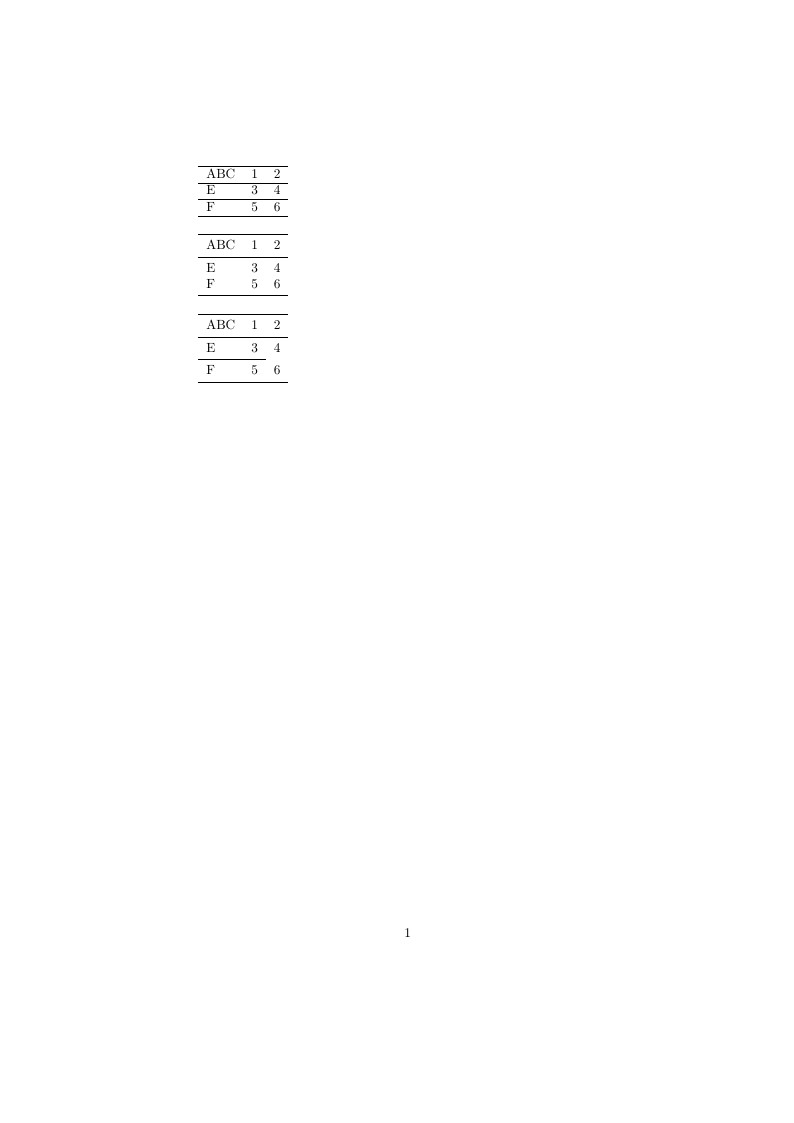
Pakiet booktabs przyda ci się do tworzenia estetycznych tabel. Tabele stworzone przy pomocy booktabs cechują się różną grubością użytych w obramowaniu kresek (górna i dolna są grubsze od tych użytych w środku) oraz tym, że są wyraźniejsze (dzięki odstępowi treści od obramowania, którym można łatwo manipulować).
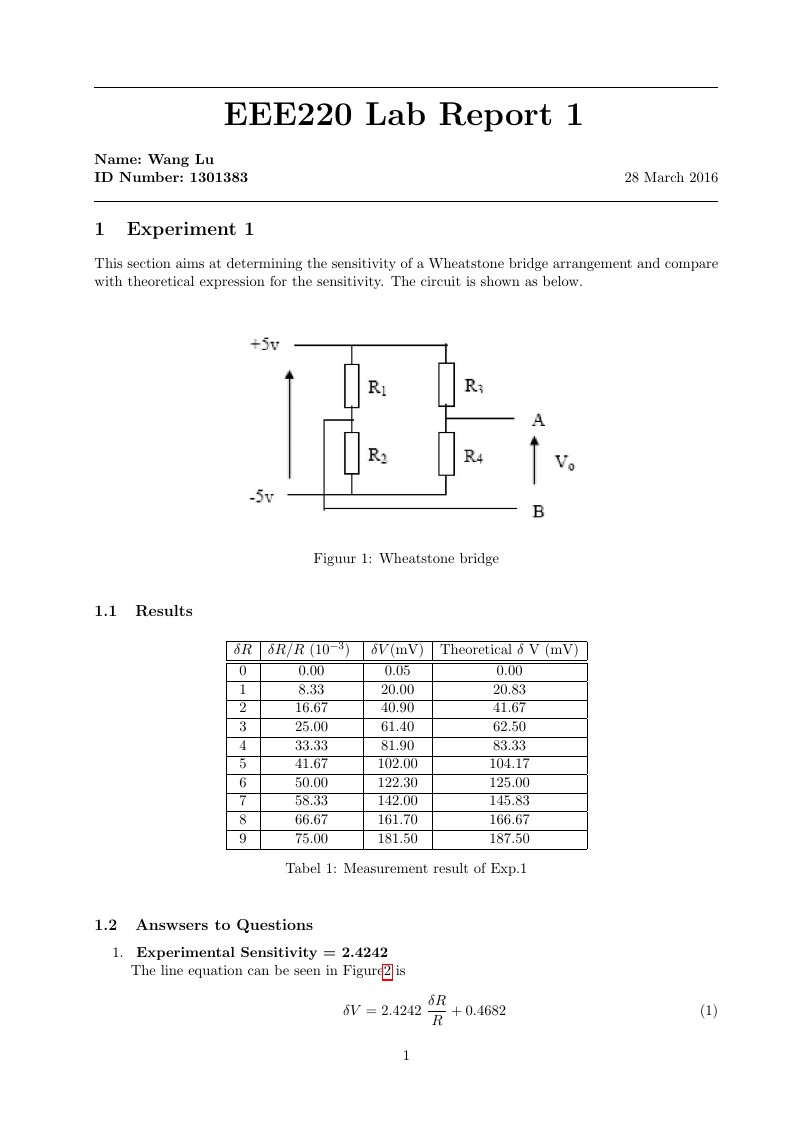
This is a simple lab report version about strain gauge, which contains graphs, tables, and formula.
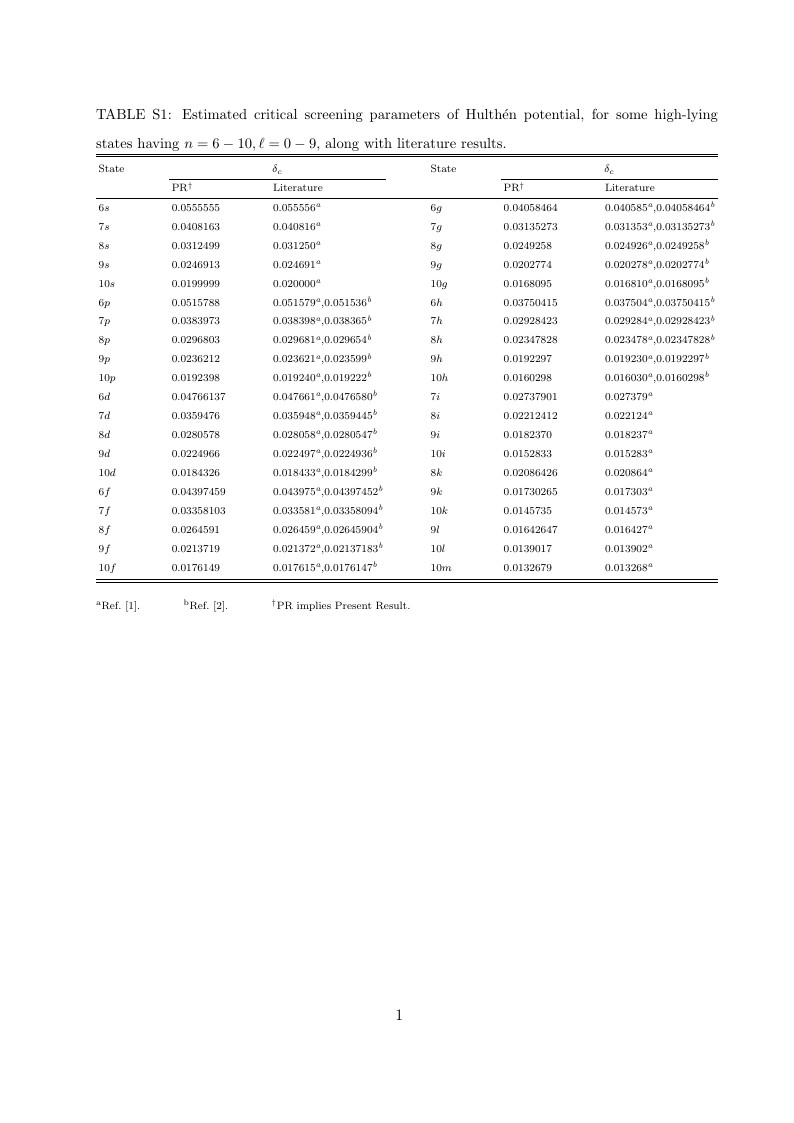
quantum
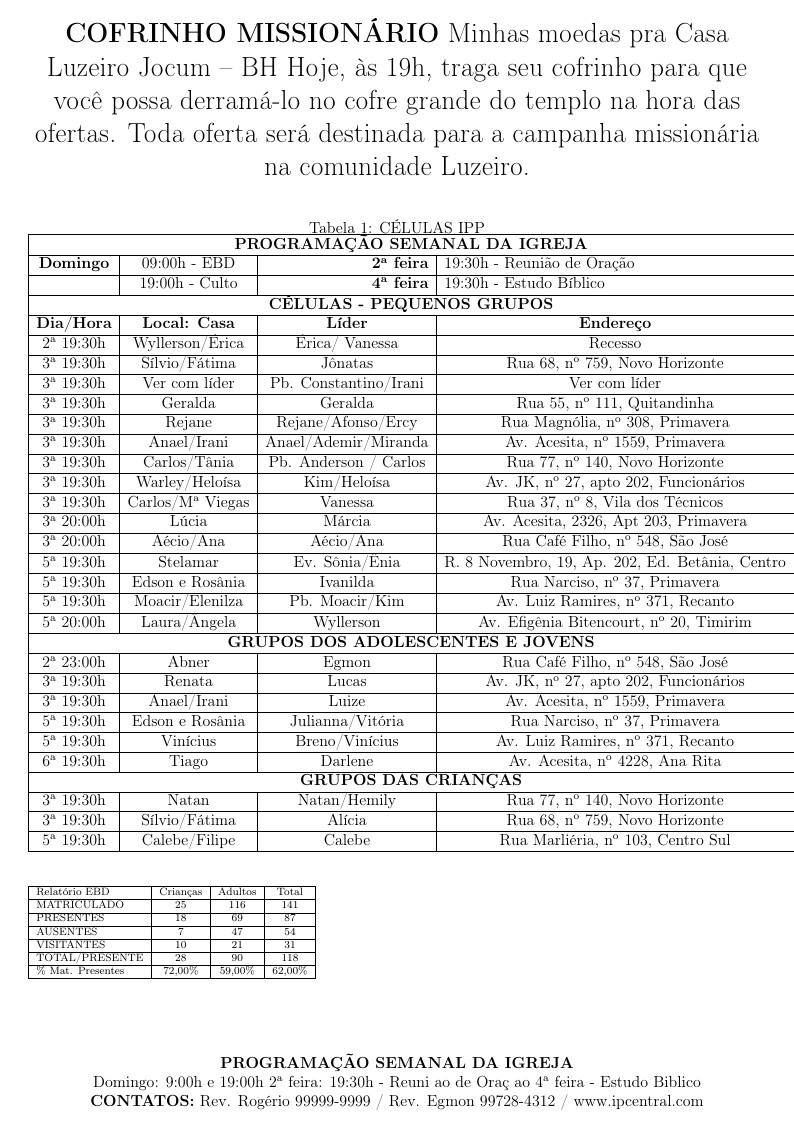
Modelo de Boletim Informativo para Igrejas
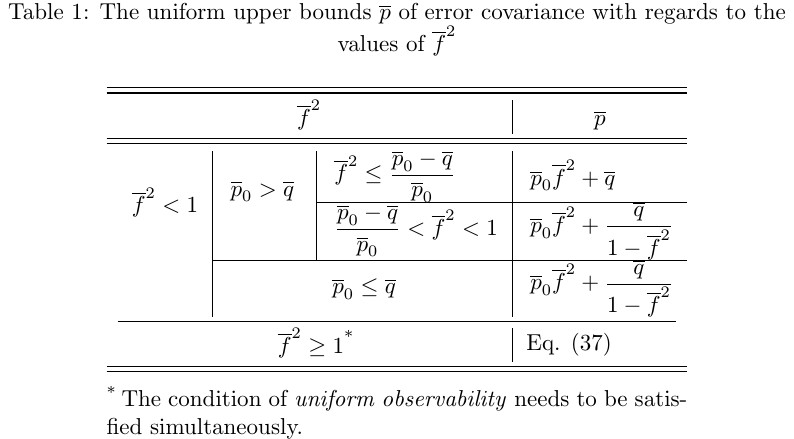
This is a table I used in the paper W. Li, G. Wei, D. Ding, Y. Liu and F. E. Alsaadi, "A New Look at Boundedness of Error Covariance of Kalman Filtering," in IEEE Transactions on Systems, Man, and Cybernetics: Systems, vol. 48, no. 2, pp. 309-314, Feb. 2018. I would like to share some LaTex codes for the table which might be helpful to some readers.
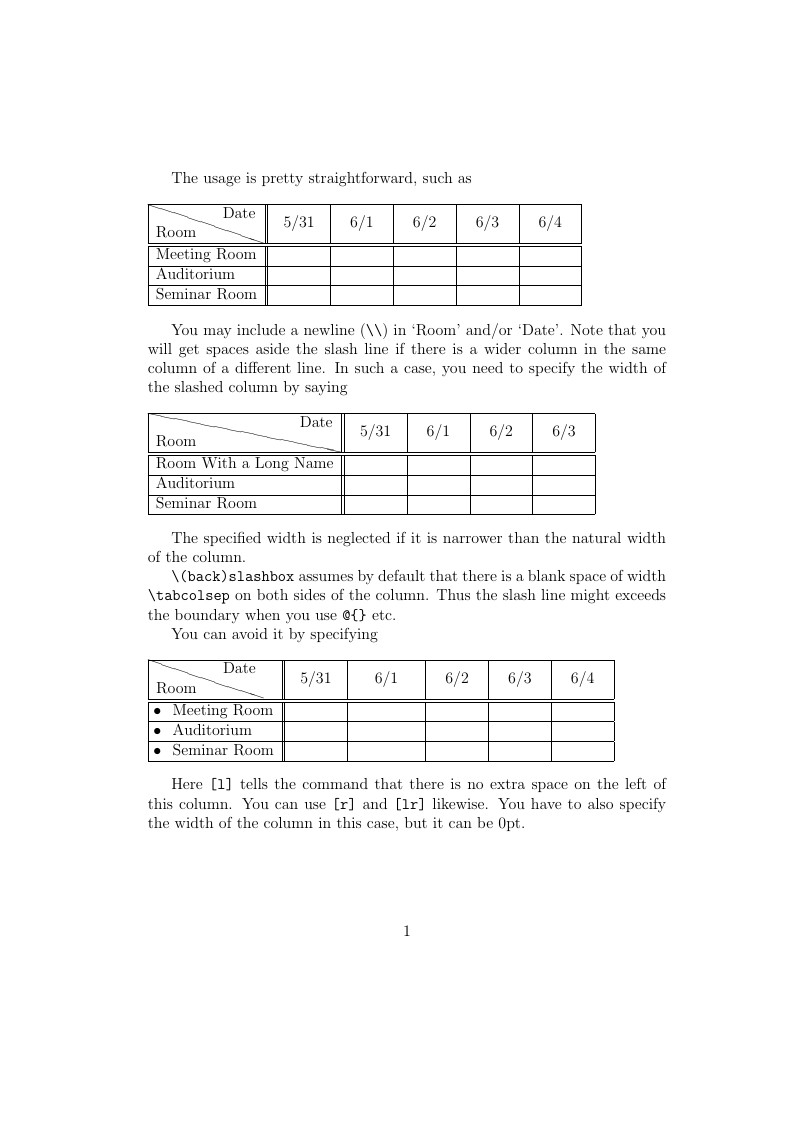
This example demonstrates how to produce diagonal lines in table cells using the slashbox and diagbox packages. The diagonal line produced by the slashbox package is rather jagged and unwieldy. The diagbox package does a better job in general. Try loading only one of these packages to see the difference — if diagbox is loaded at all, it overrides slashbox's behavior./p>
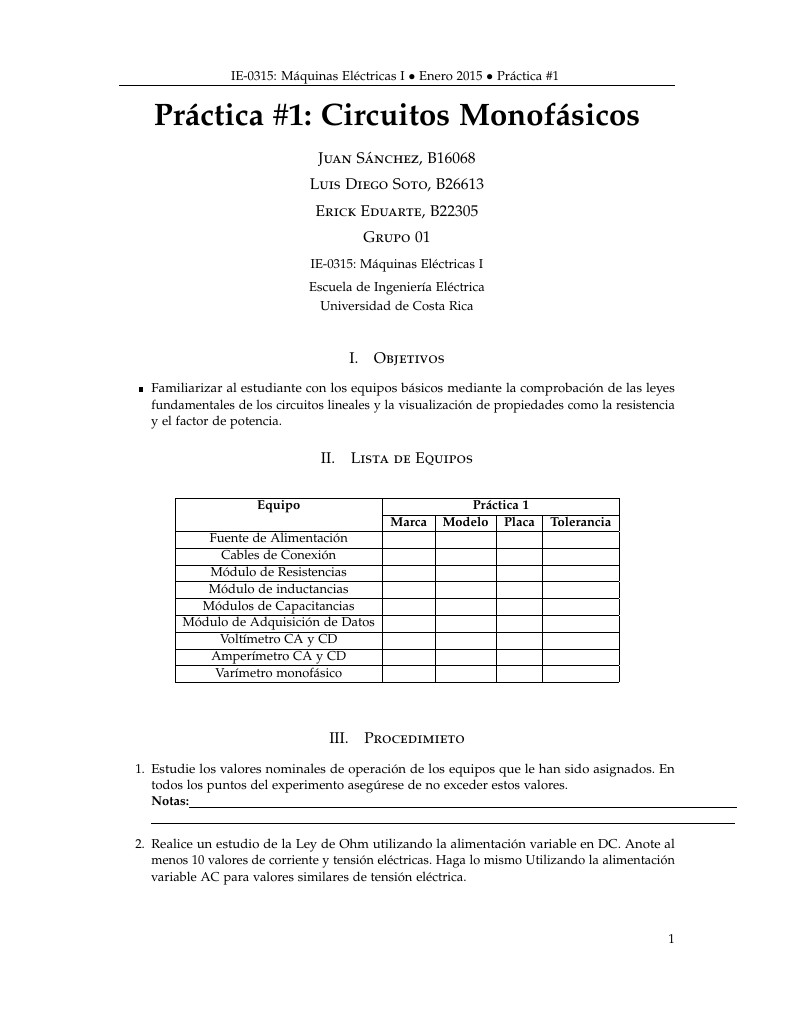
Journal Article LaTeX Template Version 1.3 (9/9/13) This template has been downloaded from: http://www.LaTeXTemplates.com Original author: Frits Wenneker (http://www.howtotex.com) License: CC BY-NC-SA 3.0 (http://creativecommons.org/licenses/by-nc-sa/3.0/)
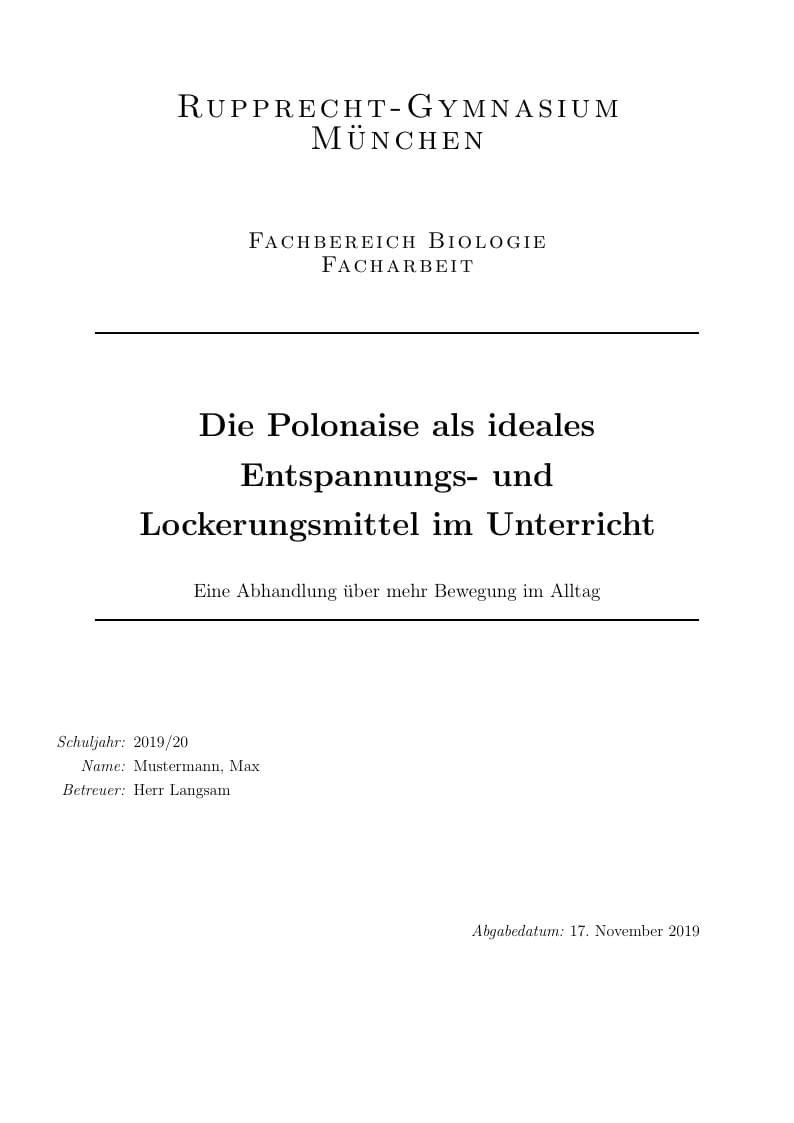
Beispieldatei für W-Seminare
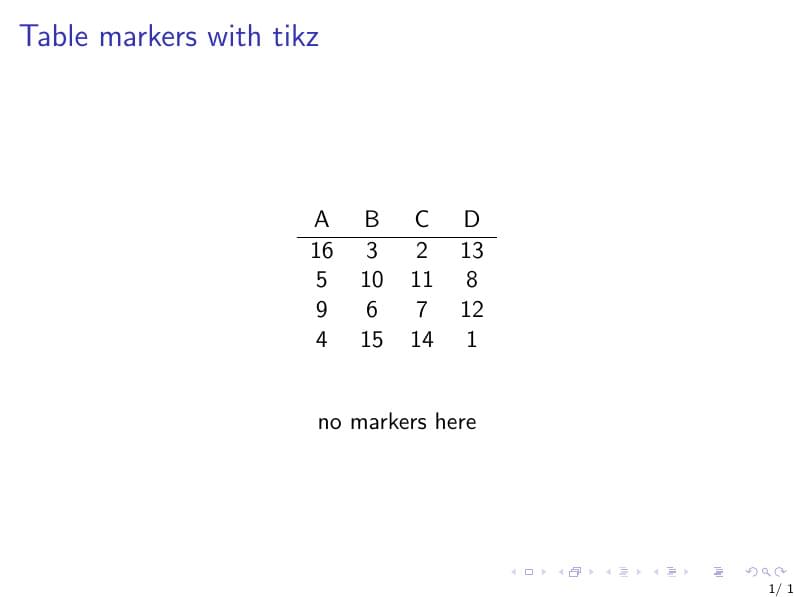
This is a basic example of how to use tikz to add markers to a table that vary across the different sliedes of a frame.
\begin
Discover why over 20 million people worldwide trust Overleaf with their work.